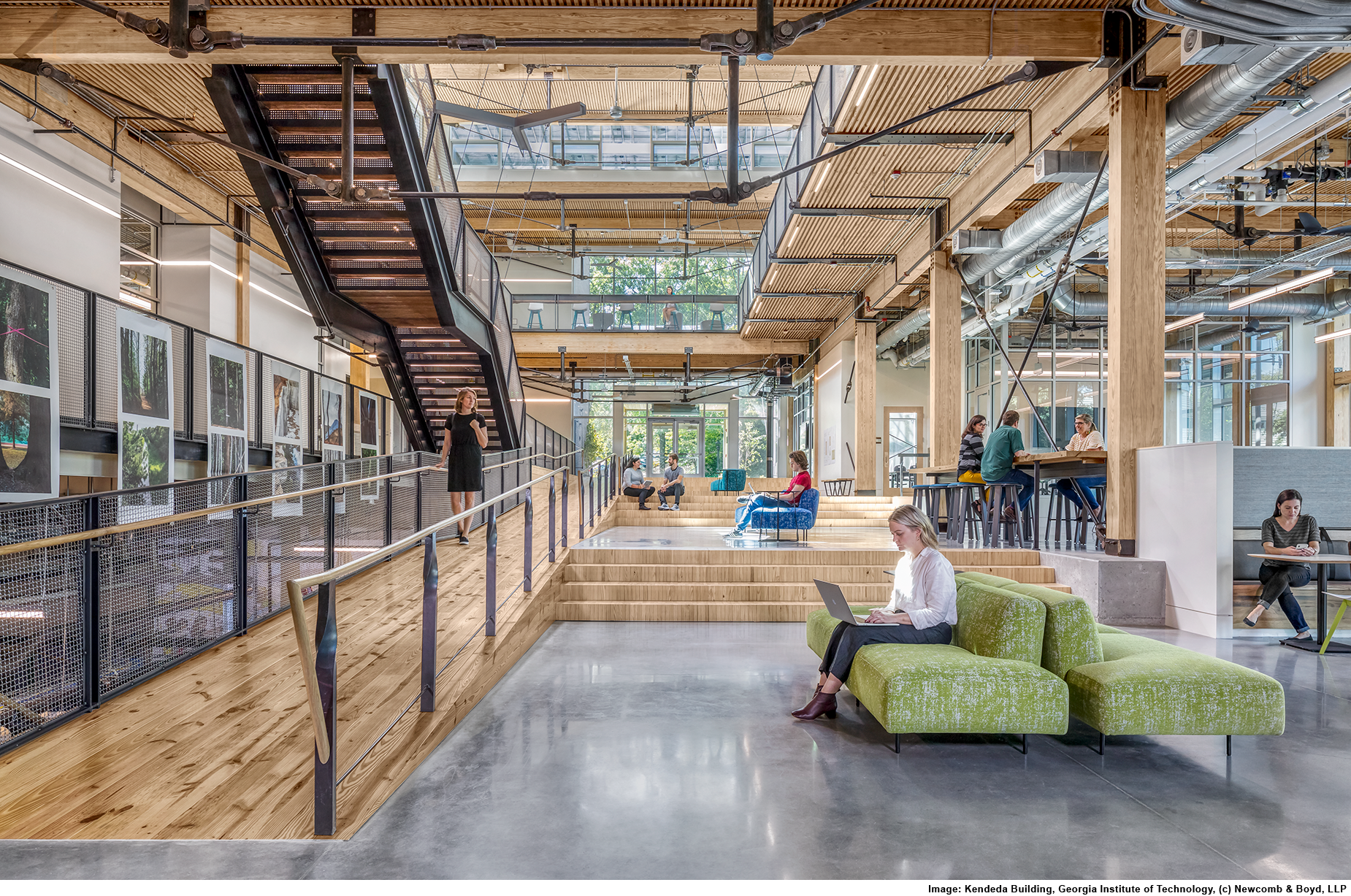Connect:
The AVI-SPL Blog
Discover AVI–SPL, where you’ll find all the latest news and technology updates.

Jul 1 - 2025
Beyond LEED: Delivering AV and IT for the World’s Greenest Buildings
Today’s post is by guest author Kelly Bousman SVP, ESG and Sustainability At InfoComm 2025, AVIXA hosted a powerful panel discussion exploring how AV and IT technology integrators can meet the demands of the world’s most rigorous sustainable building standards. Moderated by AVI-SPL SVP of ESG and Sustainability, Kelly Bousman, the panel focused on the...
View more